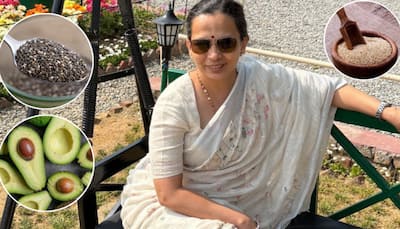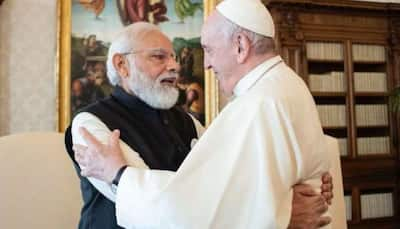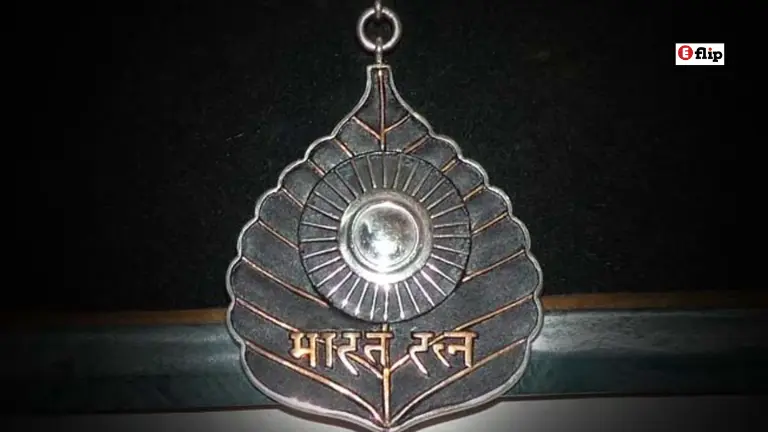Every nation has its way of honoring those who shape its destiny, and in India, the Bharat Ratna 2025 stands as the ultimate tribute to extraordinary contributions. Literally meaning “Jewel of India,” the Bharat Ratna is the country’s highest civilian award, a symbol of gratitude for those who’ve left an indelible mark on the nation’s heart. Instituted in 1954, it celebrates exceptional service in fields like arts, science, public service, and more, transcending barriers of race, gender, or occupation. As we step into 2025, the Bharat Ratna 2025 continues to inspire awe, reminding us of the power of human endeavour.
Growing up, I remember my grandparents talking about the Bharat Ratna with reverence, sharing stories of legends like Dr. APJ Abdul Kalam and Lata Mangeshkar. It felt like a badge of immortality, a way to etch someone’s legacy into India’s soul. In this blog, I’ll take you through the history, significance, and stories behind the Bharat Ratna 2025, along with a glimpse of its iconic recipients. Let’s dive into why this award remains a beacon of pride for every Indian.
The Birth of Bharat Ratna: A Legacy of Honour
The Bharat Ratna was born on January 2, 1954, under the vision of India’s first President, Dr. Rajendra Prasad. Designed to recognize “exceptional service of the highest order,” it was a bold step to celebrate those who elevate the nation’s spirit. The first recipients—Dr. Sarvepalli Radhakrishnan, C. Rajagopalachari, and Dr. C.V. Raman—set the tone for what the Bharat Ratna 2025 continues to represent: brilliance, integrity, and impact.
Initially limited to arts, literature, science, and public services, the award’s scope expanded in 2011 to include “any field of human endeavour.” This opened doors for diverse luminaries, from cricketer Sachin Tendulkar to social reformer Mother Teresa. The Bharat Ratna 2025 carries this inclusive spirit, honoring contributions that shape India’s past, present, and future.
What makes the award unique is its simplicity—no monetary prize, just a peepal leaf-shaped bronze medallion and a certificate (Sanad) signed by the President. Yet, its prestige is unmatched, ranking recipients seventh in India’s order of precedence. As I learned more about the Bharat Ratna, I realized it’s not just an award—it’s a story of India’s dreams and resilience.
The Significance of Bharat Ratna in 2025
In 2025, the Bharat Ratna 2025 holds special meaning as India navigates a world of rapid change. The award reflects the nation’s values—diversity, excellence, and unity. It’s a reminder that greatness isn’t confined to one field or identity. From scientists to singers, freedom fighters to farmers’ advocates, the Bharat Ratna celebrates the mosaic of India’s spirit.
Last year, 2024, was historic, with five recipients—Karpoori Thakur, L.K. Advani, P.V. Narasimha Rao, Chaudhary Charan Singh, and M.S. Swaminathan—marking the highest number in a single year since 1999. Their contributions, from social justice to agricultural revolution, showed why the Bharat Ratna 2025 remains relevant. It’s not just about rewarding past achievements; it’s about inspiring future generations to dream big.
For me, the Bharat Ratna feels personal. It’s like a family heirloom, passed down through stories of sacrifice and genius. Whether it’s my cousin debating who deserves the next award or my neighbour proudly displaying a photo of Sachin Tendulkar’s ceremony, the Bharat Ratna 2025 sparks conversations that connect us all.
Iconic Recipients: Jewels of India
The Bharat Ratna has honored 53 individuals as of 2024, with 17 posthumous awards, each a chapter in India’s story. Let’s explore a few who embody the Bharat Ratna 2025 spirit:
- Dr. APJ Abdul Kalam (1997): The “Missile Man” and former President, Kalam inspired millions with his vision for a developed India. I still remember reading his book Wings of Fire as a teenager—it felt like a call to chase my dreams.
- Lata Mangeshkar (2001): The “Nightingale of India” gave voice to our emotions through timeless songs. Her Bharat Ratna was a nod to music’s power to unite.
- Sachin Tendulkar (2014): At 40, the cricket legend became the youngest recipient and first sportsperson to receive the award. As a cricket fan, I cheered louder that day than at any match!
- Mother Teresa (1980): A naturalized Indian citizen, her selfless work with the poor showed the Bharat Ratna isn’t bound by nationality.
- M.S. Swaminathan (2024): The architect of India’s Green Revolution, his posthumous Bharat Ratna in 2024 reminded us of agriculture’s role in nation-building.
These stories make the Bharat Ratna 2025 more than an award—they’re a mirror of India’s heart, reflecting courage, creativity, and compassion.
The Process: How Bharat Ratna Recipients Are Chosen
Ever wondered how someone becomes a Bharat Ratna recipient? The process is surprisingly informal yet rigorous. The Prime Minister recommends candidates to the President, who makes the final decision. No formal nominations are required, and a maximum of three awards are given annually—though 2024 broke this norm with five.
The Bharat Ratna 2025 selection is guided by impact, not popularity. Recipients must have transformed society in lasting ways, whether through policy, art, or service. The award’s integrity lies in its independence from caste, creed, or status, making it a true reflection of merit.
I find this process fascinating because it balances discretion with accountability. It’s not a public vote or a popularity contest—it’s a quiet nod to those who’ve shaped India’s destiny. The Bharat Ratna 2025 will likely continue this tradition, honoring unsung heroes alongside celebrated icons.
Controversies and Challenges
No honor as grand as the Bharat Ratna is free from debate. Over the years, it’s faced scrutiny, from questions about political bias to posthumous awards. In 1992, the decision to award Subhas Chandra Bose posthumously was withdrawn due to uncertainty about his death, a rare instance of cancellation. Similarly, petitions have demanded the Bharat Ratna for figures like Mahatma Gandhi, though courts have upheld the award’s discretionary nature.
These controversies don’t diminish the Bharat Ratna 2025—they humanize it. They remind us that greatness sparks discussion, and the award’s value lies in its ability to stir hearts and minds. As a student of history, I see these debates as part of India’s democratic spirit, where every voice matters.
Bharat Ratna’s Global Reach
Unlike many national awards, the Bharat Ratna isn’t limited to Indian citizens. Non-Indians like Khan Abdul Ghaffar Khan (1987) and Nelson Mandela (1990) have been honoured, showcasing India’s global outlook. This inclusivity makes the Bharat Ratna 2025 a bridge between nations, celebrating universal values of service and excellence.
I recall my friend from South Africa sharing how Mandela’s Bharat Ratna felt like a shared victory for humanity. It’s moments like these that make the award a global symbol, reminding us that greatness knows no borders.
Why Bharat Ratna Matters Today
In 2025, the Bharat Ratna 2025 is more than a ceremony—it’s a call to action. It challenges us to contribute to India’s growth, whether through innovation, art, or service. For young Indians like me, it’s a reminder that we, too, can leave a legacy worth celebrating.
The award also fosters unity. In a diverse nation like India, the Bharat Ratna brings us together, celebrating heroes who reflect our shared dreams. Whether it’s a scientist solving food scarcity or a musician capturing our emotions, each recipient adds to India’s story.
A Personal Reflection
Writing about the Bharat Ratna feels like flipping through a family album. Each recipient’s story reminds me of India’s struggles and triumphs. I think of my late uncle, who idolized Dr. Kalam and would proudly say, “That’s the kind of Indian I want to be.” The Bharat Ratna 2025 carries that same hope—a chance to inspire and unite.
As I imagine the 2025 ceremony at Rashtrapati Bhavan, I picture new names joining this elite league. Who will they be? A teacher transforming rural education? An innovator tackling climate change? The possibilities excite me, and I can’t wait to see India’s next jewels shine.
The Bharat Ratna 2025 is a celebration of India’s spirit—let’s keep that spirit alive! Who do you think deserves this honor next? Share your thoughts in the comments below—I’d love to hear your ideas! Don’t forget to share this blog with friends and family to spark conversations about India’s heroes. For more stories of inspiration, subscribe to our newsletter and follow us on social media. Let’s honor the past and inspire the future together!










